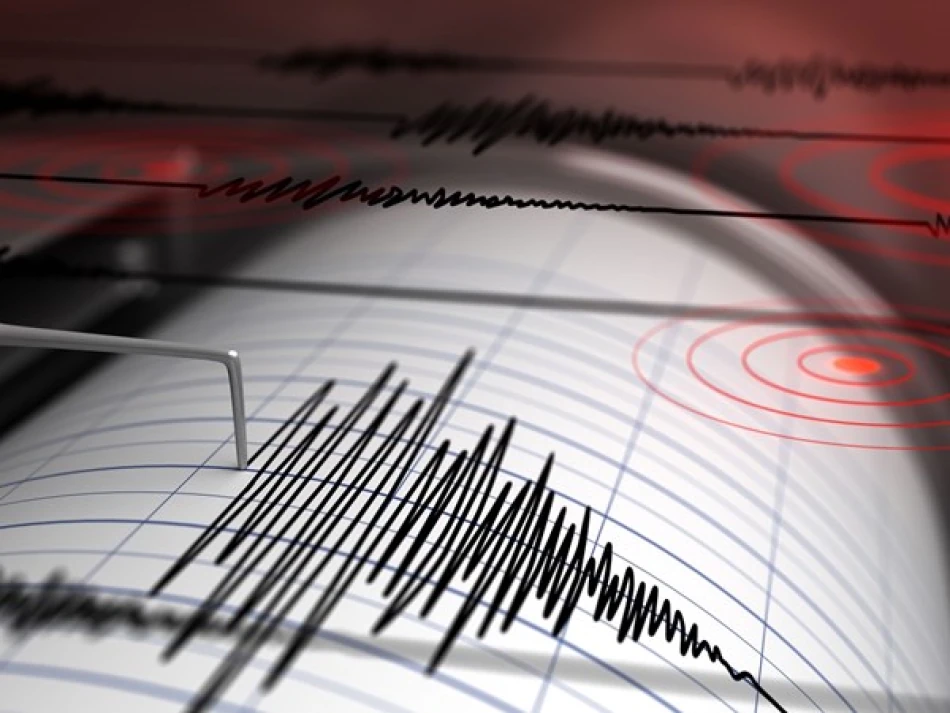
Powerful 5.6 Magnitude Earthquake Rattles Northern Iran, Triggering Tremors Across the Region
Powerful 5.6 Magnitude Earthquake Strikes Northern Iran at Dangerous Shallow Depth
A significant earthquake measuring 5.6 on the Richter scale has struck northern Iran at an extremely shallow depth of just three kilometers, according to the European-Mediterranean Seismological Centre. The combination of moderate magnitude and minimal depth raises immediate concerns about potential structural damage and casualties in what is already one of the world's most seismically active regions.
Why Shallow Earthquakes Pack a Deadly Punch
The three-kilometer depth makes this earthquake particularly concerning for local communities. Shallow earthquakes typically cause more intense ground shaking and widespread damage compared to deeper tremors of similar magnitude. When seismic energy has less rock and soil to travel through before reaching the surface, it arrives with greater force and can be more destructive to buildings and infrastructure.
For context, earthquakes occurring at depths less than 10 kilometers are classified as shallow, and those under five kilometers are considered extremely shallow. This places the northern Iran tremor in the most potentially damaging category.
Iran's Seismic Reality
A Nation Built on Fault Lines
Iran sits at the intersection of several major tectonic plates, making it one of the most earthquake-prone countries globally. The collision between the Arabian and Eurasian plates creates constant geological pressure, resulting in frequent seismic activity across the country. Northern Iran, in particular, lies near the active Alborz mountain range fault system.
Historical Pattern of Destruction
The country has experienced devastating earthquakes throughout its history. The 2003 Bam earthquake killed over 26,000 people, while the 1990 Manjil earthquake in northern Iran claimed approximately 40,000 lives. More recently, a 7.3 magnitude earthquake struck the Iran-Iraq border region in 2017, killing over 600 people and injuring thousands more.
Economic and Infrastructure Implications
Iran's earthquake vulnerability poses ongoing challenges for economic development and foreign investment. The country's oil and gas infrastructure, crucial for its economy, requires constant seismic reinforcement and monitoring. International insurance companies often factor Iran's earthquake risk into their assessments, potentially affecting the cost of doing business in the region.
The northern regions of Iran house significant industrial facilities and transportation networks connecting the country to the Caspian Sea and Central Asian markets. Any major seismic damage could disrupt these critical economic corridors.
Building Standards Under Pressure
Iran has made efforts to improve building codes and construction standards following past disasters, but enforcement remains inconsistent, particularly in rural areas. Many older structures were built before modern seismic standards were implemented, creating ongoing vulnerability.
The government has invested in earthquake monitoring systems and early warning networks, but the effectiveness of these measures depends largely on public preparedness and the structural integrity of existing buildings.
 Layla Al Mansoori
Layla Al Mansoori







